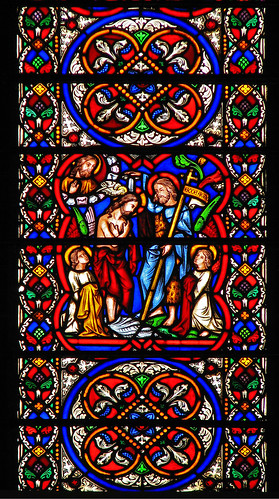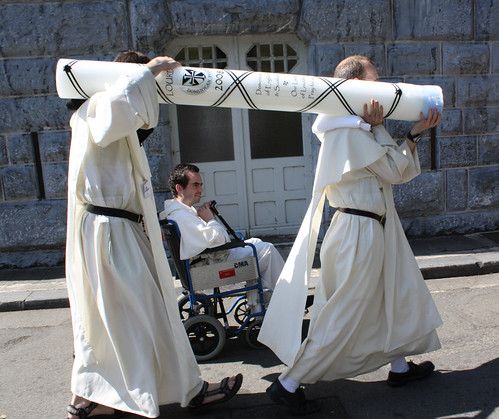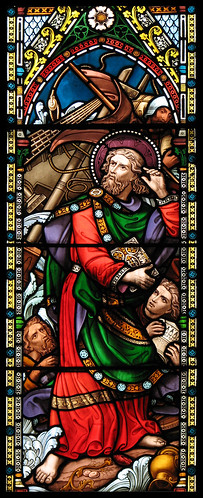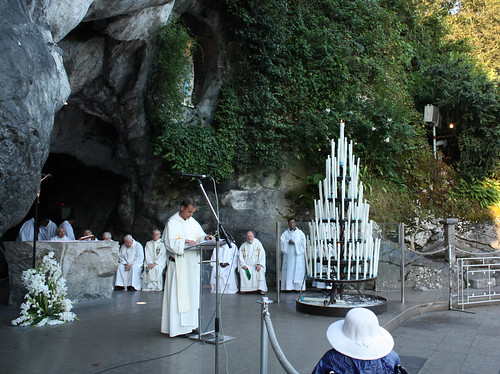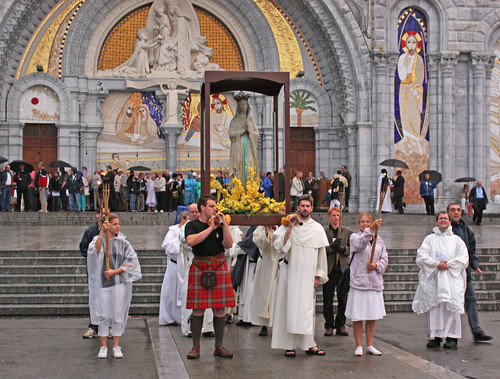The Letters of Paul to both Timothy and Titus are know as the 'Pastoral Epistles'. If we read them carefully, we can notice several things about them. The first is that they are addressed to individuals who seem to have responsibility for local Churches. It seems likely that both Timothy and Titus are early bishops, episkopoi, who, if we take the literal meaning of the Greek word, 'oversaw' the affairs of the local Churches. We also notice that the tone and the content of the letters is quite different to, say the Letter to the Romans or the Corinthian Epistles. Many scholars are of the opinion that the different style of these letters is a sign that they are not in fact from Paul - the tone and language are, after all, very different. On the other hand, it can be argued that the letters addressed to both Timothy and Titus have a very different aim in mind. A leader such as Paul would, after all, write quite a different letter to other Church leaders than the kind that he might write for instructing and encouraging all the members of a Church in a particular place. The arguments for and against Pauline authorship will no doubt continue, and we must be careful not to be too drawn in, lest we lose sight of their value to all Christians.
The letters to Timothy and Titus are above all letters of support and encouragement. The First Letter to Timothy emphasises strongly the importance of prayer and of peace in the local Church. His instructions concerning those who are to be Bishops and Deacons show how clearly Paul thinks that holiness in Church leaders is fundamental in leading the faithful to Christ. Good leaders have a duty to ensure good teaching in the Church, and safeguard the wellbeing of the whole community, young and old (1 Tim 5:1-2). In the Second Letter to Timothy, it is clear that Paul believes his life to be coming to an end. This time, Paul encourages Timothy, and sets himself up as a model to be imitated, reminding him of the ways in which the Lord worked for him and through him throughout his life. 'Preach the word, be urgent in season and out of season, convince, rebuke, and exhort, be unfailing in patience and in teaching' (2 Tim 4:2). The letter to Titus, the shortest of the Pastoral Epistles, emphasises good teaching and good deeds.
So we can see how there are common threads running through all the Pastoral epistles. The Church needs leadership and authority to maintain its unity. But the effectiveness of that leadership will be compromised unless the lives of the leaders is upright and blameless. And this message goes out to all of us of course: if we are to show Christ effectively to the world, we must all be people of holiness, ready to do all we can to help and serve others. We must strive to be icons of Christ, for there is no more powerful way to draw people to faith than to make his face visible to the world in which we live.

